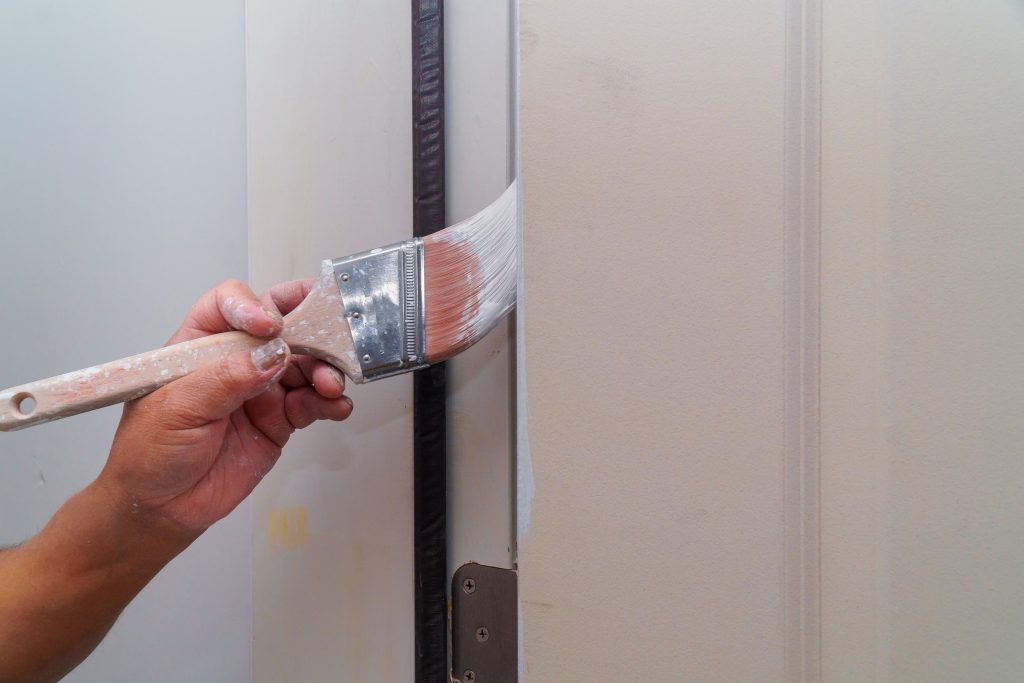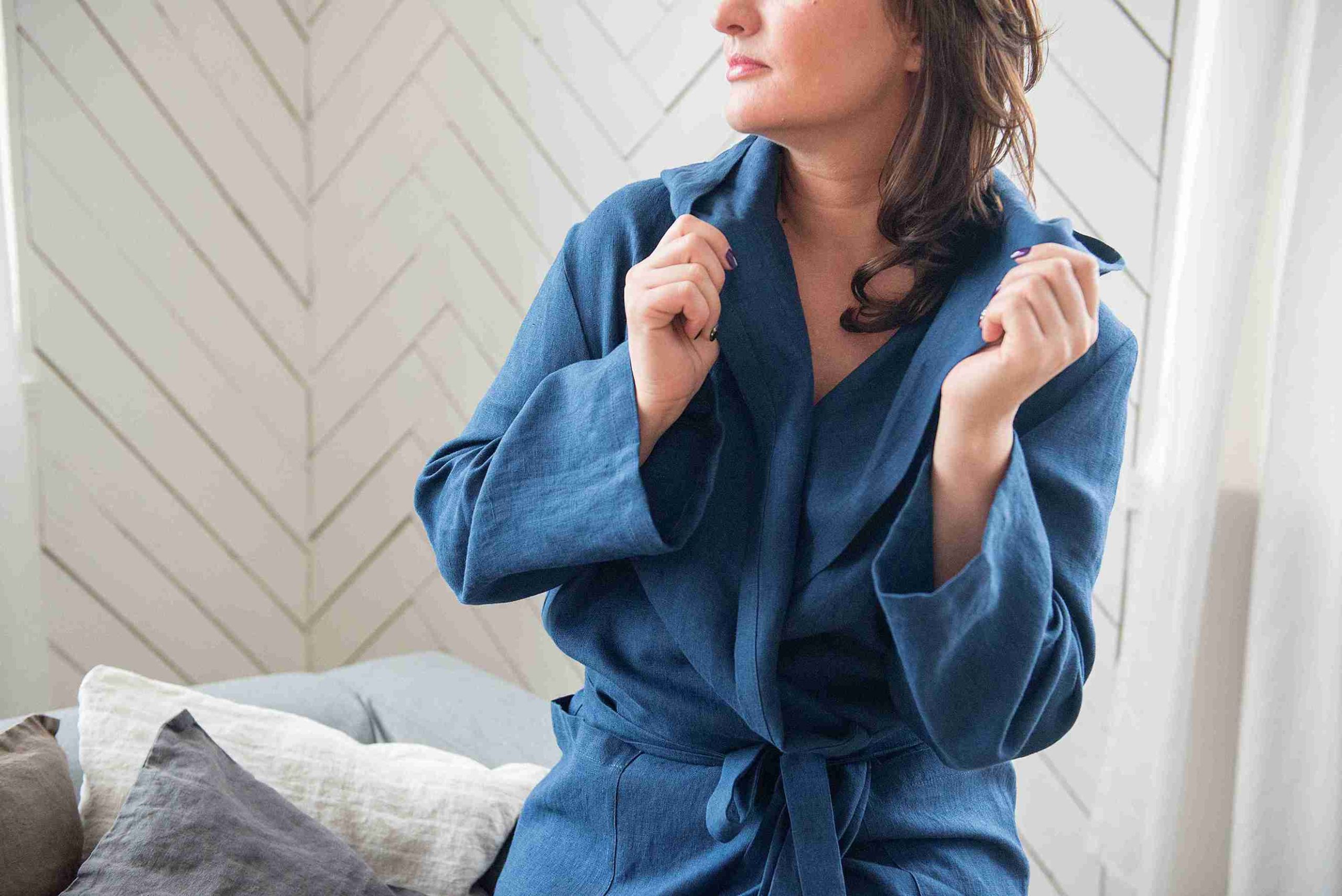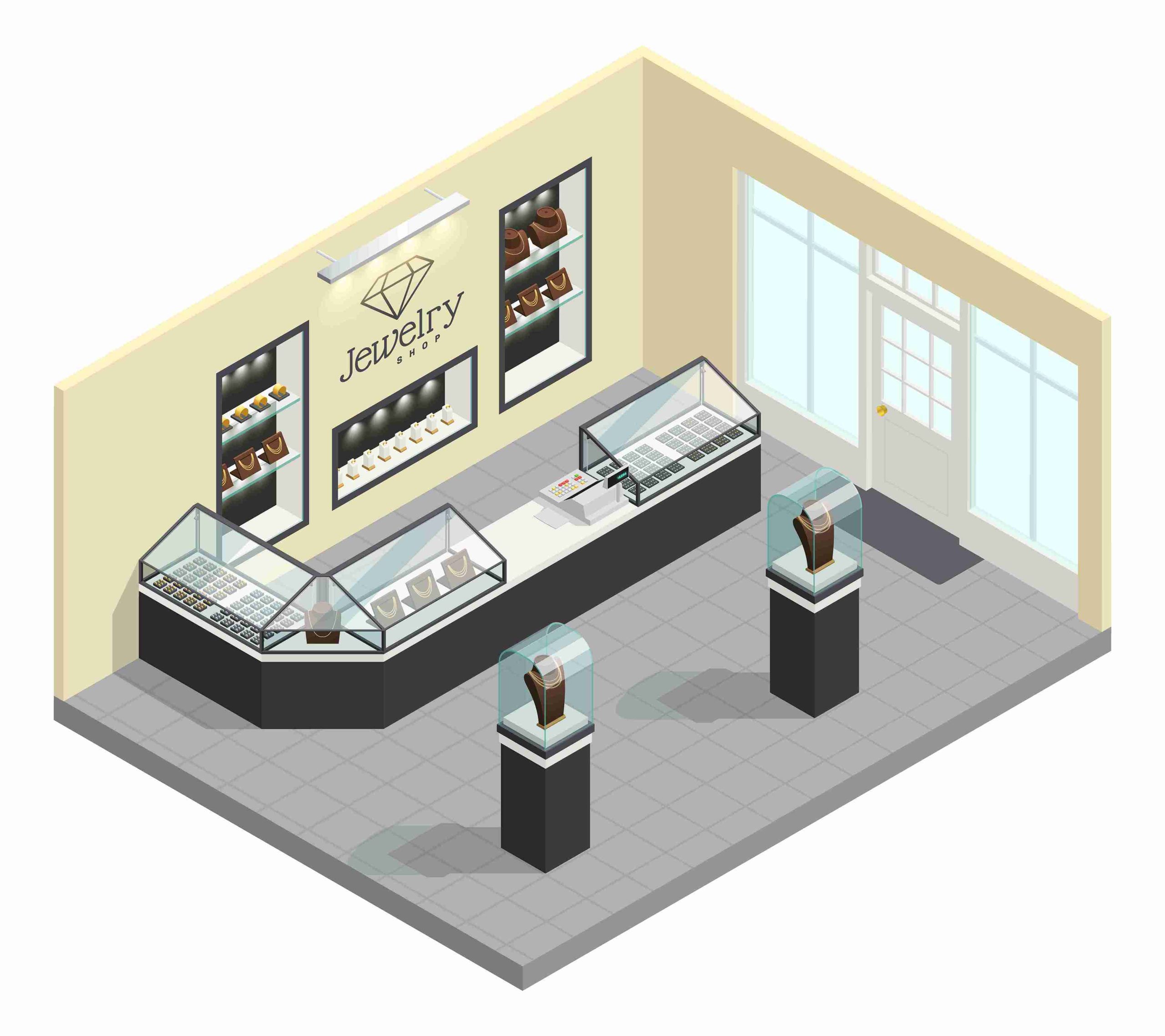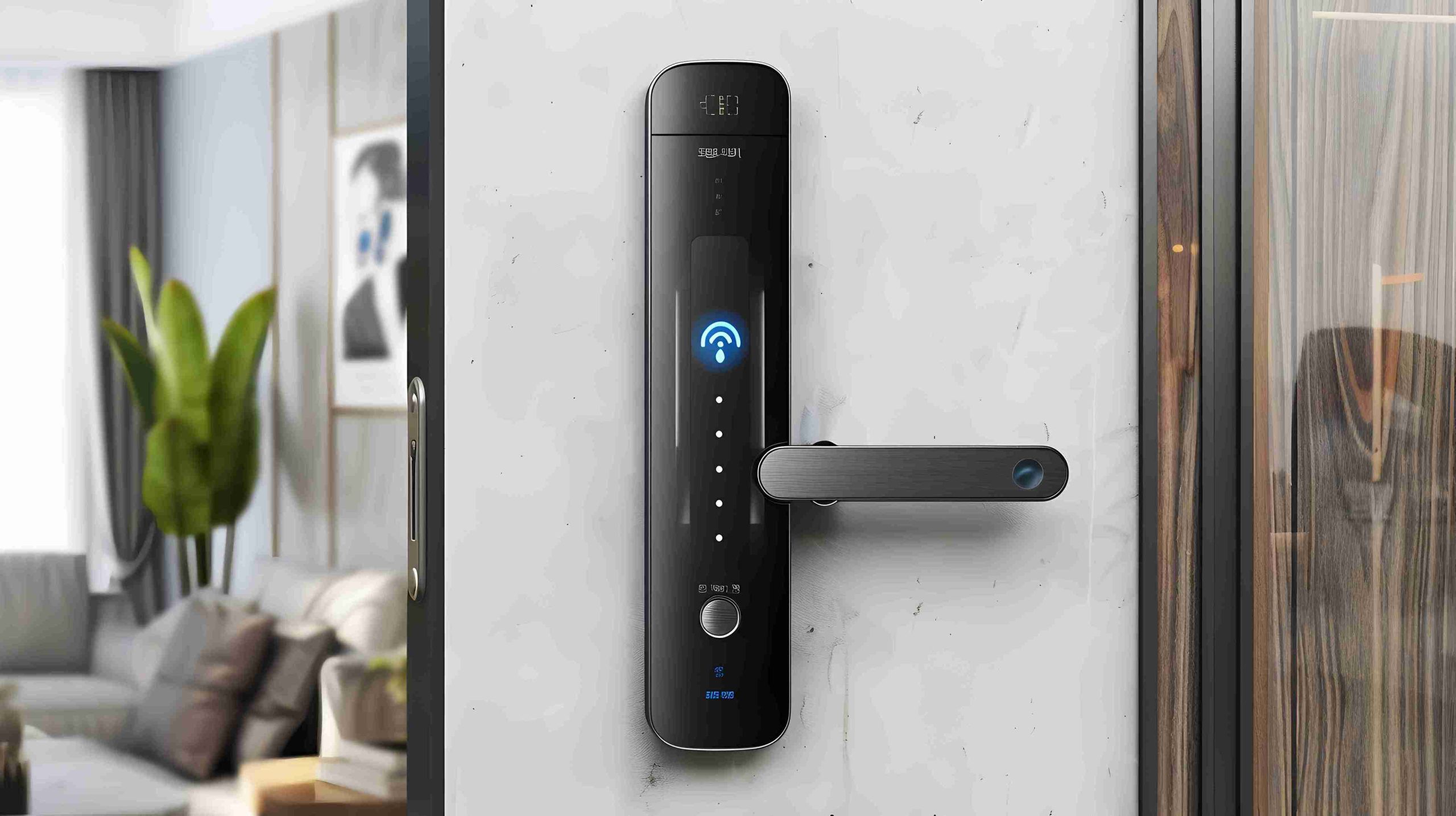The materials and finishes used are very important for making interiors look beautiful and last a long time. Two important elements that often go unnoticed but make a huge difference are spray paints and HPL doors. They both help create beautiful looks, ensure long-term use, and make it easy to maintain homes and commercial buildings.
In this article, we will explore how spray paints do much more than just add color, the fascinating chemistry behind them, and why HPL (High-Pressure Laminate) doors have become a preferred choice for interiors. We’ll also uncover the connection between spray paints and HPL doors in interior design, highlighting how these materials work together to achieve smooth surfaces and durable finishes.
Spray Paints: More Than Just a Pretty Coat
Spray paints are a type of paint that comes in a pressurized container, often called an aerosol can. The paint is sprayed onto the surface using a spray gun instead of being applied with a brush or roller. Using this method, you can paint a surface smoothly and evenly, which is not possible with regular painting tools.
Because spray paints disperse tiny droplets evenly, they are excellent for covering surfaces quickly and uniformly, without visible brush strokes. Now, it is very important to discuss where you can apply spray paints. Luckily, they can be applied to different materials. For example, wood, metal, plastic, and even fabric.
Spray paints also dry much faster than regular paint because the paint particles are very fine and spread thinly. That is why they are often used for jobs that need quick results and a neat, professional look, such as painting cars, refinishing furniture, or decorating doors and cabinets.
Spray paints have revolutionized the way surfaces are finished. Unlike traditional brush-on paints, spray paints allow for a fine, even coat that enhances the texture and appearance of any material. With this technique, you can get a smooth finish that doesn’t show brush marks, so it is perfect for furniture, doors, cabinetry, and walls.
But spray paints are not just about looks. They make it easier to dry quickly, cover all areas evenly, and stick well to many types of surfaces. Whether used on metal, wood, plastic, or composite materials, spray paints provide a consistent finish that withstands everyday wear and tear.
The convenience and efficiency of spray paints have made them popular in both DIY projects and professional manufacturing. Because they produce great results with very little effort and waste, they are more environmentally friendly than some traditional painting techniques.

The Chemistry Behind Spray Paints: Fast-Drying and Fade-Resistant Formulas
The science behind spray paints is quite fascinating. Spray paints typically consist of pigments, binders, solvents, and additives. The combination of these components ensures the finish is attractive and works well in any conditions.
Fast-drying solvents are an important part of the process. As soon as you spray these solvents, the paint dries and hardens in only a few minutes. Thanks to this fast drying, there is less dust and several coats can be applied in a short period, making the finishing process go faster.
Additionally, modern spray paints include UV-resistant additives that prevent color fading caused by sunlight exposure. So, after years of being exposed to sunlight, the colors in painted surfaces still look bright and fresh.
Spray paints also feature binders that improve adhesion and flexibility. They create a tough and flexible layer that sticks well to the substrate, preventing cracking and peeling as time goes on. Because of its chemical makeup, spray paint leaves surfaces smooth and strong, so they stay beautiful for a long time.
HPL Doors: High Pressure, High Performance
HPL doors, or High-Pressure Laminate doors, are engineered for strength and style. By pressing several layers of resin-treated kraft paper together at high heat and pressure, these doors are both durable and can be designed in many ways.
The high pressure used in the process makes the surface very dense and strong against scratches, impacts, heat, and moisture. This makes HPL doors ideal for both residential and commercial interiors where durability is essential.
Besides toughness, HPL doors come in a vast range of colors, textures, and patterns. If you prefer a modern, natural, or graphic style, HPL can give you the look you want. Because of this, designers and homeowners can make their spaces look how they want without sacrificing quality.
Moreover, HPL doors are easy to clean and maintain, requiring only mild soap and water. Since they are not easily stained or damaged by chemicals, they are ideal for kitchens, offices, and hotels.
Why HPL Doors Are the Smart Choice for Modern Interiors?
The growing popularity of HPL doors stems from their superior performance and aesthetic appeal. Wooden doors can bend, crack, or need to be repainted often. HPL doors, by contrast, maintain their appearance and structural integrity for years with minimal upkeep.
Their ability to resist moisture and heat makes HPL doors especially suited for environments where wood may struggle, such as bathrooms or kitchens. They also help keep things cleaner, since their smooth surfaces stop dust and bacteria from gathering.
Energy efficiency is another factor driving the demand for HPL doors. If properly sealed and insulated, they keep indoor temperatures stable, which lowers the need for heating and cooling.
With environmental concerns rising, many manufacturers produce HPL doors using sustainable materials and processes. Many homeowners choose this approach because they want to be eco-friendly and have stylish products.

Where Spray Paints and HPL Doors Intersect in Interior Design?
Though HPL doors come prefinished, spray paints still play an important role in interior design, especially for custom projects or renovation work. Spray paints provide a quick, uniform way to refresh door frames, trims, or other surfaces surrounding HPL doors.
Spray paints can also be used to apply custom finishes on HPL doors themselves, enhancing textures or adding special effects. Because doors can be made in many ways, designers can match them to any theme or brand.
Furthermore, the smooth surfaces of HPL doors complement the even coating of spray paints, resulting in harmonious visual continuity in interiors. The mix guarantees that doors are both effective and add to the overall look of the space.
The quick drying time of spray paints means less downtime during installation or remodeling, making them a practical choice for busy projects.
Together, spray paints and HPL doors create interiors that are visually striking, easy to maintain, and built to last—delivering the best of both science and style.
Conclusion
Understanding the hidden science behind materials like spray paints and HPL doors reveals why they are essential for creating smooth, durable, and beautiful interiors. Spray paints offer fast-drying, fade-resistant finishes with superb adhesion, while HPL doors bring strength, moisture resistance, and design versatility.
If used correctly in interior design, these technologies help create spaces that are attractive and also smart, sustainable, and strong. For homeowners, designers, and builders looking to elevate interiors, appreciating the science and benefits of spray paints and HPL doors is the first step toward lasting quality and style.




